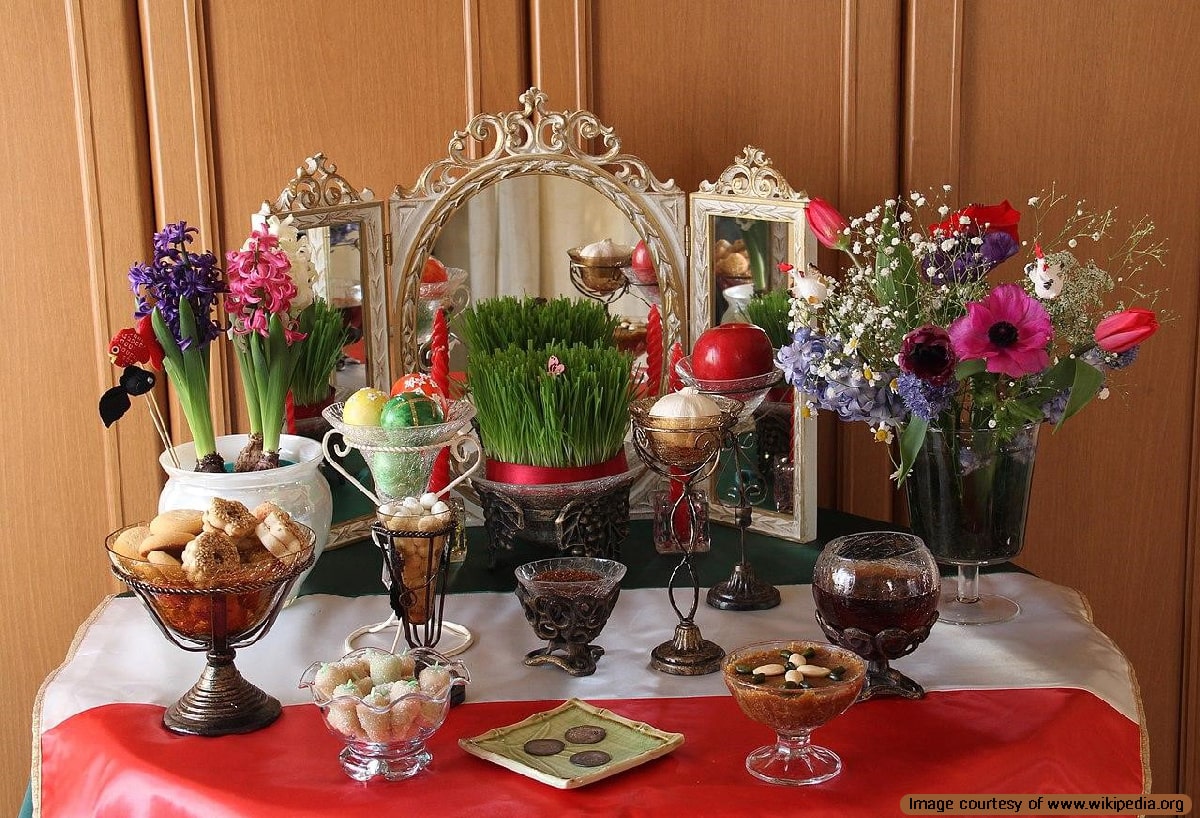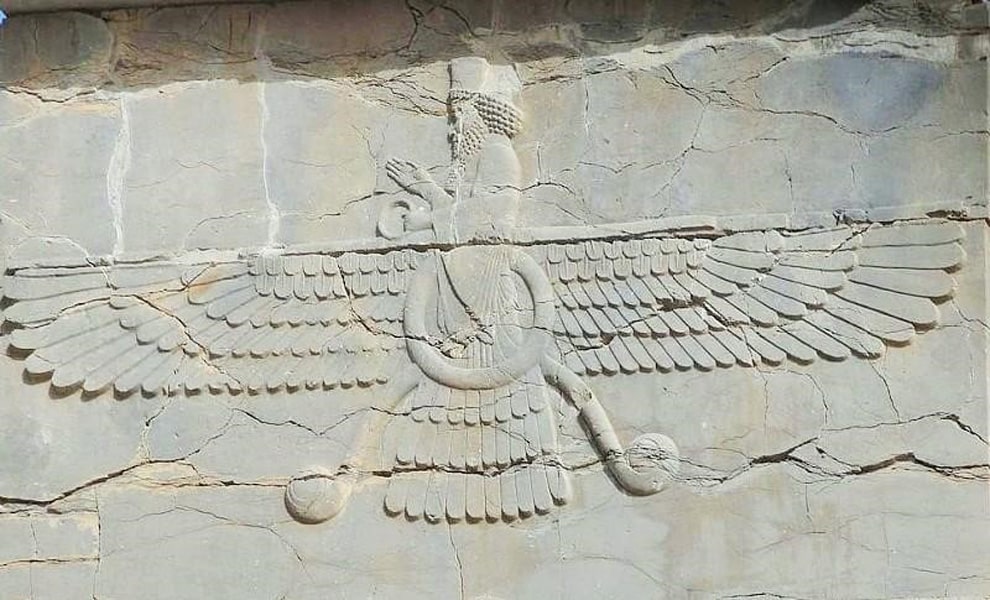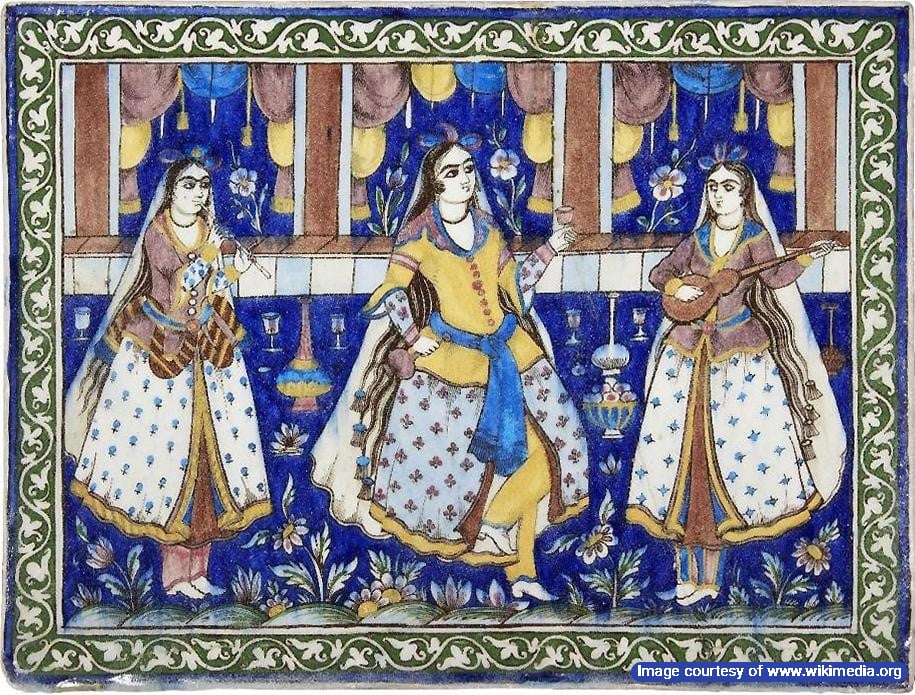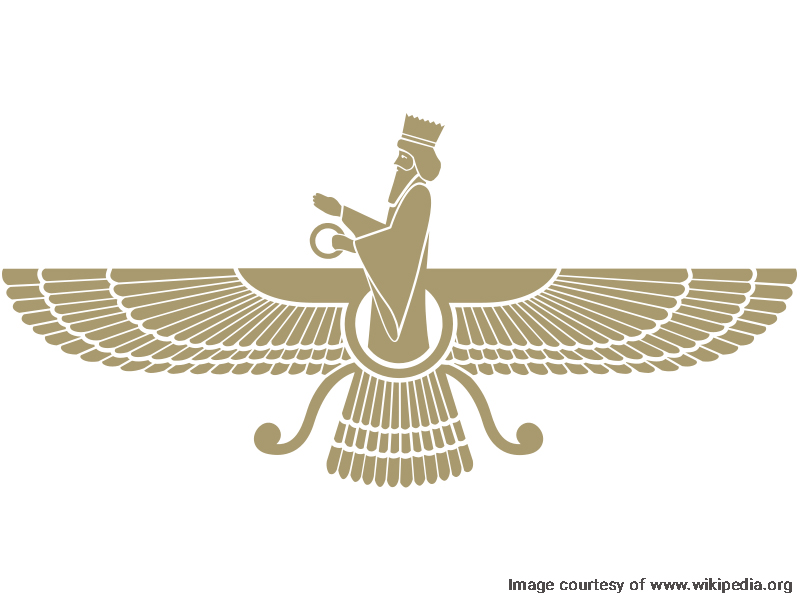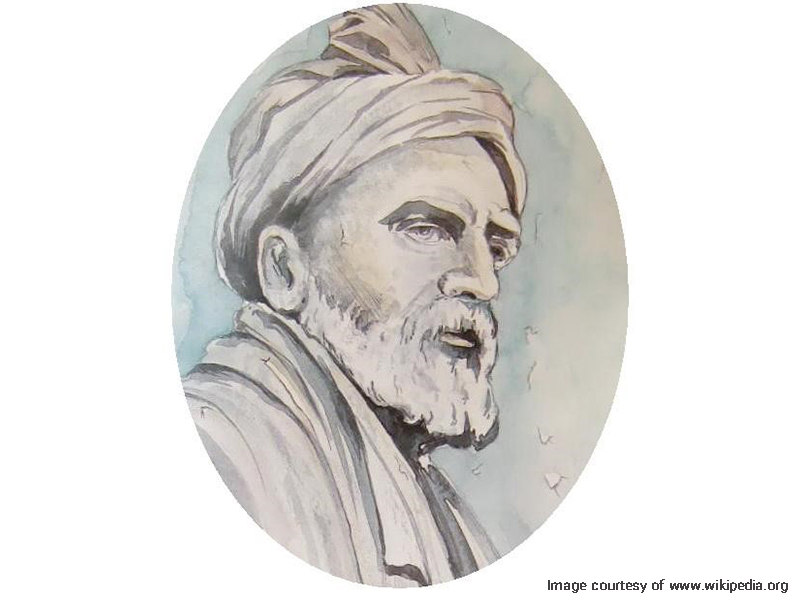
Hakim Abul-Qasem Ferdowsi Tousi is one of the most influential Persian poets and is best known for his epic poem Shahnameh (The Book of Kings). He is known for the preservation of Iranian identity and language at one of the crucial crossroads of history. This Iranian master of poetry is respected by all Persian language admirers. The Ferdowsi Mausoleum in Tous, Mashhad is one of the.
Ferdowsi’s Biography
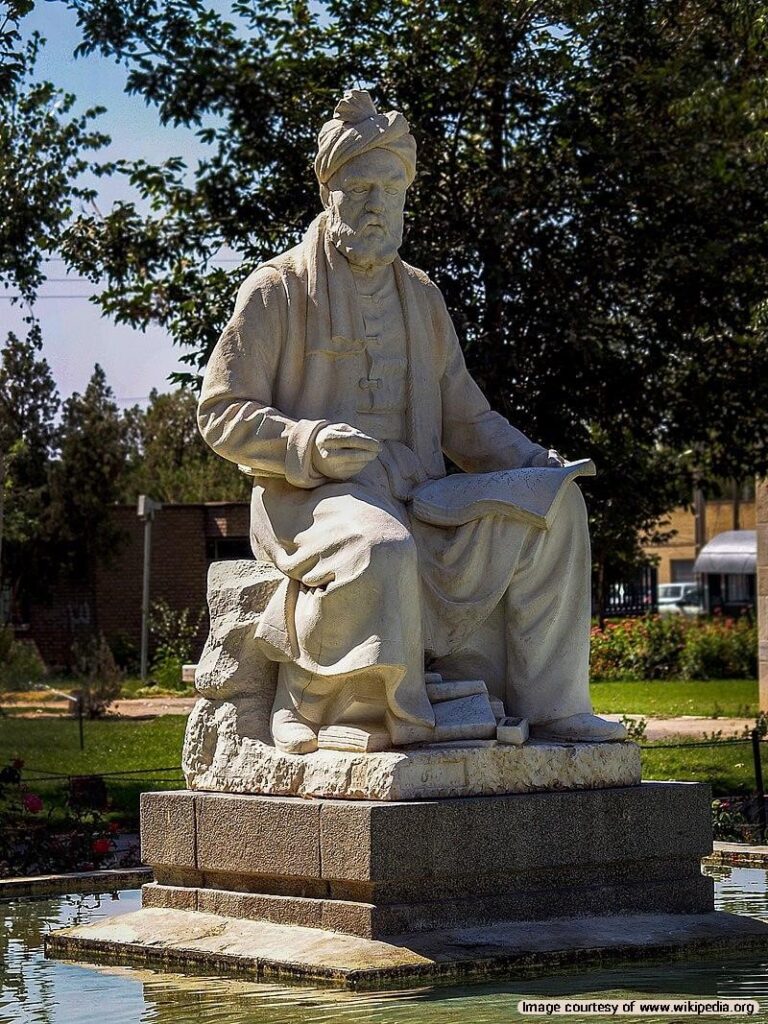
Information about Ferdowsi’s life before the composition of the Shahnameh is scarce. Most stories about his background and interactions with other historical figures are from unsubstantiated records and rumors. Even his real name is the subject of debate. It is speculated that his pen-name Ferdowsi (derived from the Arabic for paradise) was granted by Mahmud, the Ghaznavid Sultan.
He was born around 940 CE during the Samanid era. His place of birth was in Paj, a village in the Ṭous area of Greater Khorasan. He was born to a family of a traditional landowner noble class, the Dehqan.
The Dehqans were landowning Iranian aristocrats who had risen to power under the Sassanid dynasty. Their influence had diminished after the Arab conquest, but they were present during the early Islamic era. This ancient Iranian class preserved the pre-Islamic literary heritage and cultural traditions of ancient Persia.
Ferdowsi received no formal education, but he was a master of the New Persian language. He is rumored to have known Pahlavi or Middle Persian, along with Arabic. His knowledge of philosophy and theology was on the level of a literate person from the same era. However, there are doubts about his proficiency in Middle Persian and Arabic.
Ferdowsī married a woman of the Dehqan class sometime before 968. Their first child was a boy born in 969 and died in 1006 at the age of 37, while his father was 67. His death is mentioned in Shahnameh, as the poet mourns his untimely demise and asks God for his absolution.
He had a daughter, who was reportedly the reason behind the decision to expect payment from the Ghaznavid Sultan Mahmud for the composition of the Shahnameh. Ferdowsi wanted to use the reward to procure his daughter’s dowry. The reward was delayed and his daughter refused to accept it. Composition of Šāh-nāma.
The Composition of Shahnameh
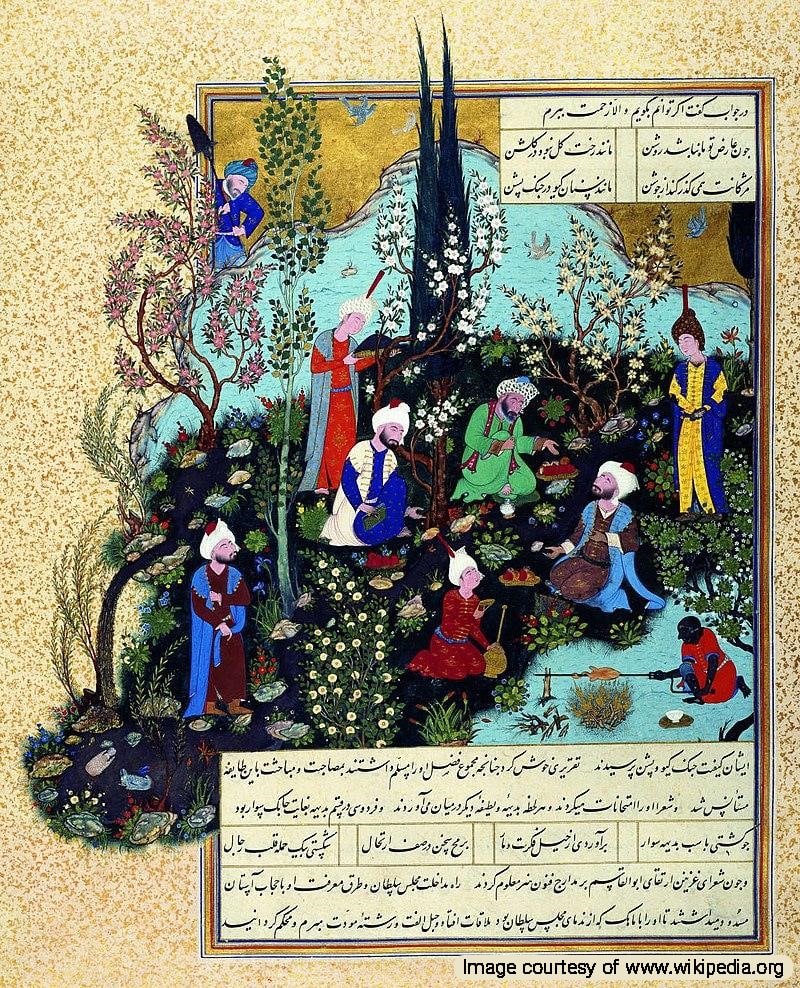
Ferdowsi began composing the Book of Kings at 30 years old, around 970 CE. Some sources state he started the process in 977. He was tasked by Nuh II, the Samanid Amir to compose a book about the history of Iranian kings before Islam based on a text of the same name.
At the time, the Dari (Darbari) language (New Persian) was growing across Iran but was not uniform in grammar and lexicon. This new book was meant to bring harmony to the chaos and revive the at-risk Parsi identity. The initial task was undertaken by Daqiqi, who wanted to transform the texts of Abu-Mansuri Shahnameh into epic poetry. Daqiqi composed the initial chapters of Ferdowsi’s Shahnameh, who used the poems and credited the original author.
Abu-Mansuri Shahanemh was the basis for Ferdowsi’s work, a work of prose that retold the history of Persian kings before the Arab conquest. It was written by four Zoroastrian priests from Herat in 957 CE. The original text of Abu-Mansuri’s Book of Kings is now lost, except for 15 pages of the preface.
Ferdowsi first decided to travel to Bukhara to start his work at the Samanid court but changed his mind when he gained access to another edition of the Abu-Mansuri Shahnameh at home. He started his work with the financial support of Amirak Mansur, the ruler of Tous at the time. He was executed for a nationalist uprising, which forced Ferdowsi to abstain from mentioning his name in the book. Researchers suspect that his allusion to a “kind friend in town” is a reference to Amirak.
Ferdowsi completed the first edition of Shahnameh in 994 CE but continued to compose and revise the book. This era coincided with the decline and eventual fall of the Samanids which occurred three years later when Mahmud the Ghaznavid Sultan rose to power. In 1004, Ferdowsi decided to compose a new edition as a present to Sultan Mahmud. He completed the Sassanid chapters in the second edition, and most likely omitted his tribute to the Samanid rulers and added praise of Sultan Mahmud. The couplets praising Mahmud lack the authentic tone of his praise of Mansur but were frequent in this version.
Ferdowsi finalized the second edition of the Shahnameh at the age of 71 in 1010 CE. With the help of the Sultan’s vizier, Ahmad Maymandi, he presented the Shahnameh to Sultan Mahmud in seven books. The reception by the Ghaznavid court was biased and poorly rewarded. Ferdowsi was promised 50,000 Dirhams but received 20,000 instead. He was disappointed by this event and continued to add new sections to his masterpiece which were darker and included criticism of Sultan Mahmud.
Death and Controversy
Ferdowsi’s death is also clouded in mystery. According to the preface of Baysunghur Shahnameh, he died in 1025 CE. But this source is famously unreliable. Based on expert speculation, his death occurred sometime between 1014 and 1020 CE.
Ferdowsi’s final years were spent in Tous, neglected by Sultan Mahmud and unappreciated by the Ghaznavid Court. His Shia beliefs led to social exclusion, and the town preacher refused to allow his burial in the Muslim cemetery. There were also rumors of his Zoroastrian beliefs because of his faithful retellings of the Abu-Mansuri Shahnameh, which further isolated him. He was buried in his private garden near the Razan Gate in Tous.
There are several unconfirmed stories about his life and death. According to them, after Sultan Mahmud refused to pay his requested reward and paid a lesser amount, he moved to Tous. Later, the Ghaznavid court agreed to pay 60,000 gold coins to the poet, but by the time the courtiers arrived in Tous, Ferdowsi’s funeral procession was underway. His daughter refused to accept the reward and dedicated it to the renovation of the local Caravanserai.
Ferdowsi’s Philosophy and Inspirations
The Shahnameh is filled with social commentary, addressing the moral depravities that the author witnessed in his time. The ethical lessons in the book are inspired by Zoroastrian, Zurvanist, and Mithraic beliefs in the original text.
Based on Ferdowsi’s fidelity towards the Abu-Mansuri Shahnameh, it is safe to assume that many of the ideas were adopted from ancient Iranian culture. However, Ferdowsi seems to understand and appreciate their philosophy. It is one of the reasons that some contemporaries accused Ferdowsi of heresy, which is one of the reasons for the dismissal of the Ghaznavid court.
One of the apparent inspirations in the book is the Shu’ubiyya movement. After the Arab conquest, the Iranian cultural identity was largely disrespected by the Arab invaders, who believed the Ajam (Iranians, non-Arabs) had less inherent value. The revival of the Iranian identity in Shahnameh is considered one of the manifestations of this literary-political movement.
Khorasani Style of Poetry
Ferdowsi’s style of writing is known as the Khorasani style. This style of Persian poetry was founded by Rudaki, Shahid Balkhi, and Daqiqi. Their Ghazals included themes of praise, narrative storytelling, and parables.
Ferdowsi perfected this style during the long years composing the Shahnameh and ignited the flame of Iranian poetry that still burns bright. Ferdowsi mentions Rudaki as one of his inspirations, especially his Kelileh Va Demneh. He praises Daqiqi for his poems in the Shahnameh, but there is a consciousness in Ferdowsi’s works that Daqiqi lacked.
Ferdowsi is a master of epic poetry, which is apparent in his avoidance of needless repetition and precise descriptions. His narrative of battles is to the point and creates a sense of excitement in the reader that is difficult to achieve through poetry.
Cultural Legacy and Impact on the Persian Language
The impact of Shahnameh on Iranian literature and its role in preserving and reviving the Iranian national identity, Persian language, and the legacy of ancient Iran is undeniable. Ferdowsi acknowledges his efforts in a famous couplet:
بسي رنج بردم در اين سال سي/ عجم زنده كـردم بديــن پــــارسي
I endured great suffering in these thirty years (of writing the Shahnameh)
And revived the Iranian identity with this (feat of) Persian language
The notions of heroism, right and wrong, and justice that were introduced by this great poet formed the foundation of Persian literary culture. He inspired later poets such as Nezami, Hafez, Rumi, and many more. Ferdowsi has also inspired literary admirers and experts worldwide and is one the most-recognized Iranian poets of all time.
Ferdowsi Millennial Celebration
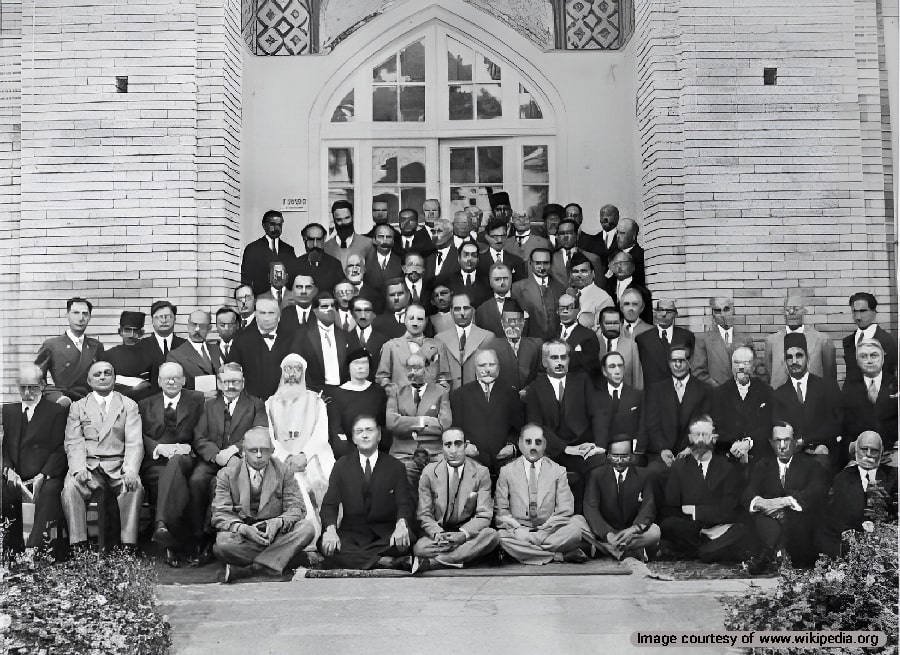
Ferdowsi’s significance is not limited to the Iranian Academia, and he has inspired literary academics across the world. In 1934, this worldwide recognition manifested in the form of the Millennial Celebrations of his birthday (Jashn-e Hezareh) in honor of Ferdowsi that were held in Tehran, Mashhad, and Tous for a month.
The occasion was simultaneously celebrated worldwide in the Soviet Union, France, Britain, Germany, the USA, Iraq, and Egypt by state officials and academic institutions. The processions included the study of Shahnameh honoring Ferdowsi’s life and celebrating Iranian heritage. The final event was held in Ferdowsi’s mausoleum in Tous, where official representatives of foreign nations and Reza Shah Pahlavi attended the inauguration of a new building for the mausoleum.
Learn More About Ferdowsi, the Resurrector of Iranian National Identity
Hakim Abolqasem Ferdowsi remains one of the most recognized figures in the history of Persian literature. He spent most of his adult life composing and perfecting the Shahnameh and is rightfully deemed the resurrector of Iranian national identity in the face of threats of subjugation by Arab and Turkish invaders. If you enjoy Persian literature, especially poetry, you can’t help but appreciate his efforts to preserve its identity.
Destination Iran invites you to read more about Iranian historical figures to better understand its cultural heritage and role in world history.
Frequently Asked Questions About Ferdowsi
If you have any other questions about Ferdowsi or Shahnameh, please let us know in the comments. We will respond as soon as possible.
Who was Ferdowsi?
Ferdowsi was a Persian poet born around 940 CE in Tus, in present-day Iran. He is best known for his epic poem “Shahnameh” (The Book of Kings). He is known as the resurrector of Iranian national identity for his efforts to revive the mythos of ancient Iran.
What is the “Shahnameh”?
The “Shahnameh” is an epic poem consisting of approximately 50,000 rhyming couplets. It tells the story of kings, heroes, and mythical creatures in Iranian folklore. It is considered one of the greatest works of Persian literature and is crucial in preserving Persian culture and language after the Arab conquest.
What themes are present in Ferdowsi’s work?
Ferdowsi’s work often explores themes of heroism, justice, fate, and the struggle between good and evil. It emphasizes the importance of identity, patriotism, and the historical legacy of Persia.
Why is Ferdowsi significant in Persian culture?
Ferdowsi is often regarded as the “father of Persian poetry.” His efforts to revive the Persian language and culture during a time of Arab influence helped shape Iranian identity. The “Shahnameh” is a pillar of Persian literature and is celebrated for its artistic and cultural significance.
What influence did Ferdowsi have on later literature and culture?
Ferdowsi’s work has had a profound influence on Persian literature, inspiring countless poets, writers, and artists. His use of the Persian language set a standard for later Persian literature and helped to establish a national literary tradition.
How did Ferdowsi’s life experiences shape his work?
Ferdowsi faced personal hardships, including financial difficulties and political challenges. He reportedly spent over three decades writing the “Shahnameh,” often struggling for recognition and financial support. These experiences fueled his commitment to preserving Persian heritage.
When and how did Ferdowsi die?
Ferdowsi died around 1020 CE in Tus. According to legend, he faced challenges even in his final years, including being poorly compensated for his monumental work. Some accounts suggest that he was disheartened by the lack of recognition he received during his lifetime.
How is Ferdowsi commemorated today?
Ferdowsi is widely celebrated in Iran and among Persian-speaking communities. His tomb in Tus is a cultural landmark, and his contributions to literature are commemorated through various festivals and educational programs. His birthday, known as “Ferdowsi Day,” is celebrated on the 25th of Farvardin in the Iranian calendar (approximately April 13).






